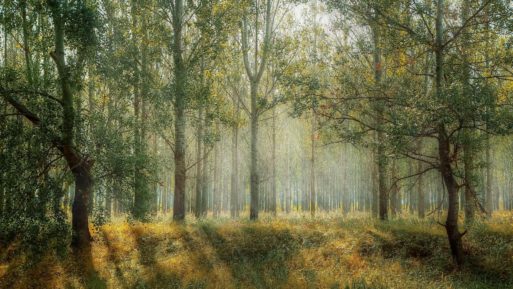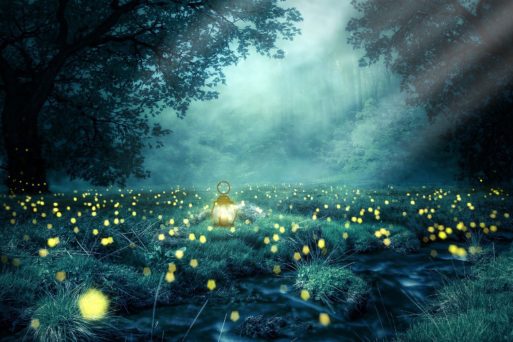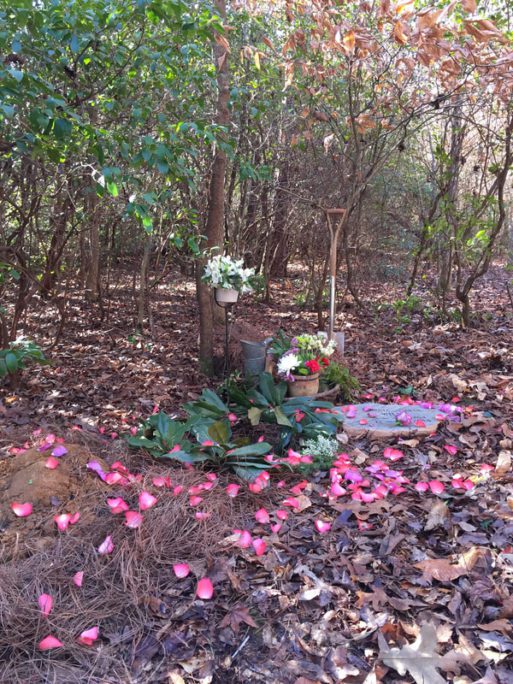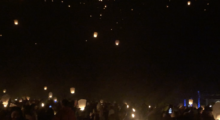
Being buried in the earth as a way to feed future plants is very appealing to those planning their end of life.
Burying people in caskets can be traced back to ancient Egypt as the Egyptians prepared caskets from wood, cloth, and paper. The practice evolved over thousands of years until the Celts began laying their dead to rest in stone caskets. Caskets eventually became the work of American furniture and cabinet makers. However, modern Americans are now looking for “greener” options, such as natural and conservation burial.
According to the Conservation Burial Alliance, one of the main goals of a conservation burial is to “maximize opportunities to engage authentically with nature at a profound moment in the lives of those who have experienced loss.” In this type of burial, the person who died is laid to rest on land that has been set aside for conservation. The person is buried in a simple casket or shroud on land that will be protected forever.
It’s an idea that appeals to many, and what end-of-life specialist Michelle Acciavatti and mortician Tim Graves hope to accomplish with their new venture in Vermont. Although they are still in the planning stages, the two hope to convert a 60-acre parcel of forest in Washington County into the state’s first natural forest cemetery.
Since the bodies are not in an overly ornate or thick casket, the decomposition process is much faster. In a conservation cemetery, bodies can also be buried at 3.5 feet underground, instead of the usual 5-6 feet. This minimized depth allows the body to be away from the surface, but decompose at a faster rate. The interred body also releases nutrients into the soil that combat climate change.

Decomposing bodies deliver much needed nutrients to the soil
After laying their loved one to rest in a forest, the family may visit at any time to walk trails, enjoy a picnic meal, or journal. The conservation lands can even be used for weddings and other life events. The beautiful forests can be a place for the true circle of life.
By decomposing in the forest, the deceased’s memory is forever tied to a natural place of wonder and beauty. The body is truly returned to the earth and can take part in the restoration process.

Credit: Conservation Burial Alliance
Though only 5% of current burials are green, 72% of cemeteries are reporting an increased demand for green options. About 50% of people are still opting for cremation as it’s the most well-known alternative to traditional burial. However, the interest and exposure to green burials and conservation burials is growing. People no longer wish to be buried in ornate boxes that do not decompose. People are also thinking more about burning fossil fuels and adding to pollution, both of which are caused by the cremation process.
Just like people can visit cemeteries and choose their plots ahead of time, other who hope to be buried on conserved land may visit and choose where their body will be laid to rest. They may choose a place for the specific trees or the way a patch of sunlight looks in that area. It can be a great comfort to know that one’s body will feed the forest for years to come.

 Interest in Conservation Burial Rises
Interest in Conservation Burial Rises



 ”The Snow Sister” Directed by Cecilie Askeland Mosli
”The Snow Sister” Directed by Cecilie Askeland Mosli















